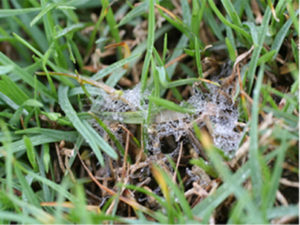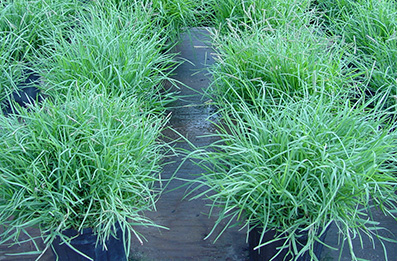Paspalum Management
Seashore paspalum has critical and distinct irrigation requirements, unique herbicide tolerances and requirements, a higher salinity tolerance, and varied disease and insect pressures than bermudagrass. While seashore paspalum is not necessarily difficult to manage, its management requirements are different than that of bermudagrass — even though both grass families are warm-season, fine-textured turfgrasses used on golf courses, sports fields, and lawns. For best results, forget what you know about managing bermudagrass. When it comes to seashore paspalum management, treat paspalum like paspalum. The following section offers a comprehensive library of best practices for seashore paspalum management.
Disease Identifications & Management
 Seashore paspalum turfgrass swards will grow at the top of their genetic potential as long as nutrients
Seashore paspalum turfgrass swards will grow at the top of their genetic potential as long as nutrients
Proper disease diagnosis and management
[ READ MORE ABOUT DISEASE IDENTIFICATIONS & MANAGEMENT ]
Agronomy
Agronomic considerations in seashore paspalum vary from other warm-season grasses—especially bermudagrass. When growing and maintaining seashore paspalum, it’s important to understand the differences in requirements for fertility, irrigation, mowing, thatch management and

Herbicides & Weed Control
Weeds are the major pests on many turfgrass sites. Weeds compete with turfgrasses for growing space, sunlight, soil moisture, and plant nutrients. Additionally, weeds detract from the natural beauty of turfgrasses due to differences in color, size, shape, and growth habit. Weeds species such as lawn
[ READ MORE ABOUT HERBICIDES & WEED CONTROL]

Insect Management
There are several types of insects that seem to like paspalum in
[ READ MORE ABOUT INSECT MANAGEMENT ]

